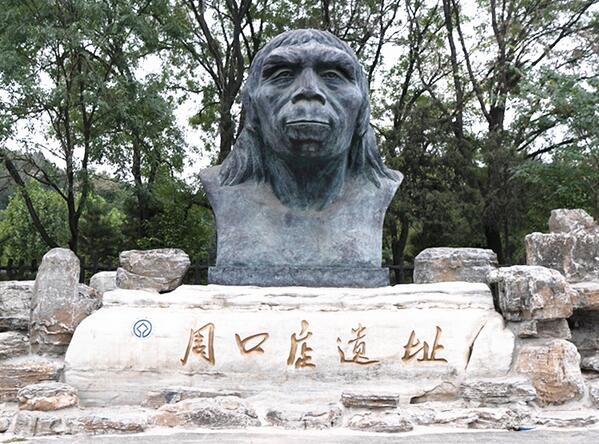Six major archaeological discoveries in 2015
 0 Comment(s)
0 Comment(s) Print
Print E-mail China Daily, December 14, 2015
E-mail China Daily, December 14, 2015
 |
|
Archeologists excavate in Zhoukouidian fossil site in the suburbs of Beijing. [Photo/Xinhua] |
New evidence for use of fire by Peking Man
In mid-July, Chinese archeologists announced that new evidence had been found suggesting that the ancestor of modern man was able to use fire more than 600,000 years ago, after a three-year excavation in Zhoukoudian fossil site in the western suburbs of Beijing.
A fire site, sintering soil, and burned rocks and bones were uncovered at the site, said Gao Xing, research fellow with the Institute of Vertebrate Paleontology and Paleoanthropology at the Chinese Academy of Sciences. They also found fire sites encircled by rocks and lime resulting from the burning of limestone, Gao added.
 |
|
A file photo of Zhoukouidian fossil site. [File photo] |
Fossils of Peking Man were discovered in the 1920s, including an entire cranium that earned Zhoukoudian fame as one of the birth places of humans. Ashes, burned bones and rocks, as well as charred seeds were also found in 1929, according to Gao, leading many archeologists to agree that Peking Man knew how to use fire.
However, there has always been skepticism that they resulted from natural fire. "The evidence this time is more convincing," Gao said, "It has been found under the earth untouched, without weather damage."






Go to Forum >>0 Comment(s)